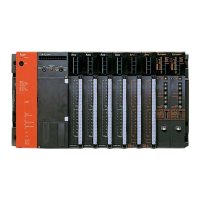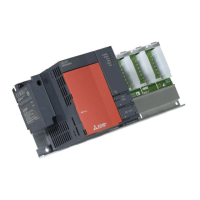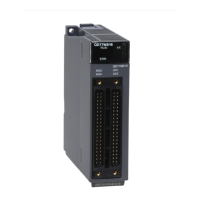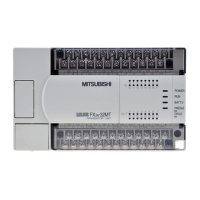9. TROUBLESHOOTING
---------------------
MELSEC·A
9. TROUBLESHOOTING
This section describesvarious procedures
for
establishing the nature of any I
faults, and corrective action.
9.1
Basic
Troubleshooting
System reliability
depends
not only on reliable equipment
but
also on short
down-time in the event of faults.
The basic points to be kept in mind in troubleshooting are
the
following
three.
(1) Visual checks
Check the following points.
(a) Machine motions (in
stop
and operating statuses)
(b) ON or OFF of power
(c) Status of I/O devices
(d) Condition of wiring (I/O wires, cables)
(e) Display states of various indicators (such as POWER LED, RUN
LED, and ERROR LED)
(t) States of various setting switches (such as extension base and
..
power failure compensation)
..
After checking (a) to (t), connect
the
peripheral devices and check
the
running status of PC
and
the
contents of program.
(2) Trouble check
Observe any changes in the error condition
during
the
following. •
(a) Set
the
RUN keyswitch
to
the
·STOP·
position.
(b) Perform reset by
the
RESET keyswitch.
(c) Turn the power on and off.
(3) Narrow down the possible causes of
the
trouble.
Deduce where
the
fault lies i.e:
(a) Inside of outside of PC.
(b) I/O modules or other modules.
(c) Sequence program.
9-1

